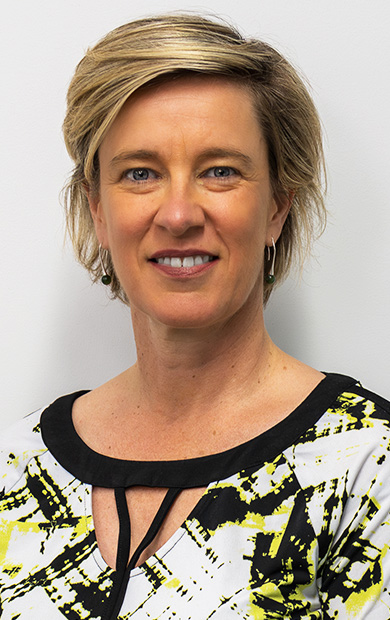Newly adopted standards see IoT systems speaking the same language, in real time

Standards Australia has adopted two key Internet of Things (IoT) standards developed by ISO and IEC, to help improve accuracy and efficiency in systems that play a crucial role in the optimisation of numerous industries including healthcare, manufacturing, agricultural technology and more.
The adopted standards, AS ISO/IEC 30165:2022, Internet of Things (IoT) - Real-time IoT Framework and AS ISO/IEC 21823.3:2022, Internet of Things (IoT) - Interoperability for IoT systems, specify the framework of real time IoT (RT-IoT) and IoT systems and provide guidance on best practices in respect of semantic interoperability.
RT-IoT and IoT systems are everywhere. At home, they are in our smart devices that can control lighting and temperature. We wear them as fitness trackers on our wrists. In the agricultural industry, sensors are used to monitor soil, temperature, rainfall and sunshine. Smart manufacturing uses these systems to monitor production and reduce waste. In healthcare, patients can be monitored in real-time, potentially leading to life-saving decision-making from healthcare professionals. Therefore, many industries, products, consumers, and professionals can benefit from these internationally developed standards.
A framework for real time applications
An IoT system operating in real time is called an RT-IoT, meaning it is continuously interacting with the physical world.
AS ISO/IEC 30165:2022 specifically calls out several technological developments that will rely on RT-IoT frameworks such as 5G, smart manufacturing, Edge computing, and AI.
“The standard’s main objective is to specify the framework of a RT-IoT system, including the impacts of real time parameters across time, communication, control, and computation,” says Kim Yan, Chair of IT-042, the committee responsible for both AS ISO/IEC 30165 and AS ISO/IEC 21823.3.
“It guides users on clock synchronisation, time granularity, timeout handling, bandwidth management, latency, physical safety, task scheduling and resource management, and more.”
“These standards are very important to Australia, as we are heavily invested in smart infrastructure, and IoT and RT-IoT systems are fundamental components.”
On the benefits of IoT standards, IoT Alliance Australia’s CEO Frank Zeichner says “IoT technologies based on standards are essential to creating a data smart Australia, which is critical to supporting the nation’s pathway to net zero, a circular economy, improving industry productivity and providing trusted, accessible services to communities.”
Speaking the same language
IoT semantic interoperability allows for the exchange of data between systems while ensuring the same meaning of the data is derived, no matter the format in which it is packaged.
“IoT Semantic interoperability ultimately helps lower the cost of data discovery and sharing, which underpins collaboration and transparency – key attributes of a data smart Australia,” Mr Zeichner concluded.
AS ISO/IEC 21823.3:2022 details three process requirements to help achieve semantic interoperability:
- Data information model creation;
- Semantic interoperability capability integration; and
- Semantic interoperability engineering support.
Additionally, the standard sets out lifecycle parameters that focus on the management of semantic interoperability perimeters, design, and the resulting products. In other words, this life cycle follows from managing the amount of knowledge that is needed to the output of the semantic interoperability process.
AS ISO/IEC 21823.3:2022 provides guidance on the above, and also ontologies, metadata, structured knowledge representation, and more.
Aside from semantic interoperability, there are separate standards covering policy, behavioural, transport, and syntactic interoperability.
“These standards are very important in IoT systems,” Mr Yan said.
Adam Stingemore, Standards Australia’s General Manager of Engagement and Communications, says: “By adopting these internationally renowned standards, we are empowering Australia with best practice approaches to RT-IoT and IoT systems, providing the potential for increased efficiencies across numerous industries. I commend IT-042 for its efforts and exceptional work.”
Both standards are available via the Standards Store and our distribution partners.
media enquiries
For media enquires, please contact:

